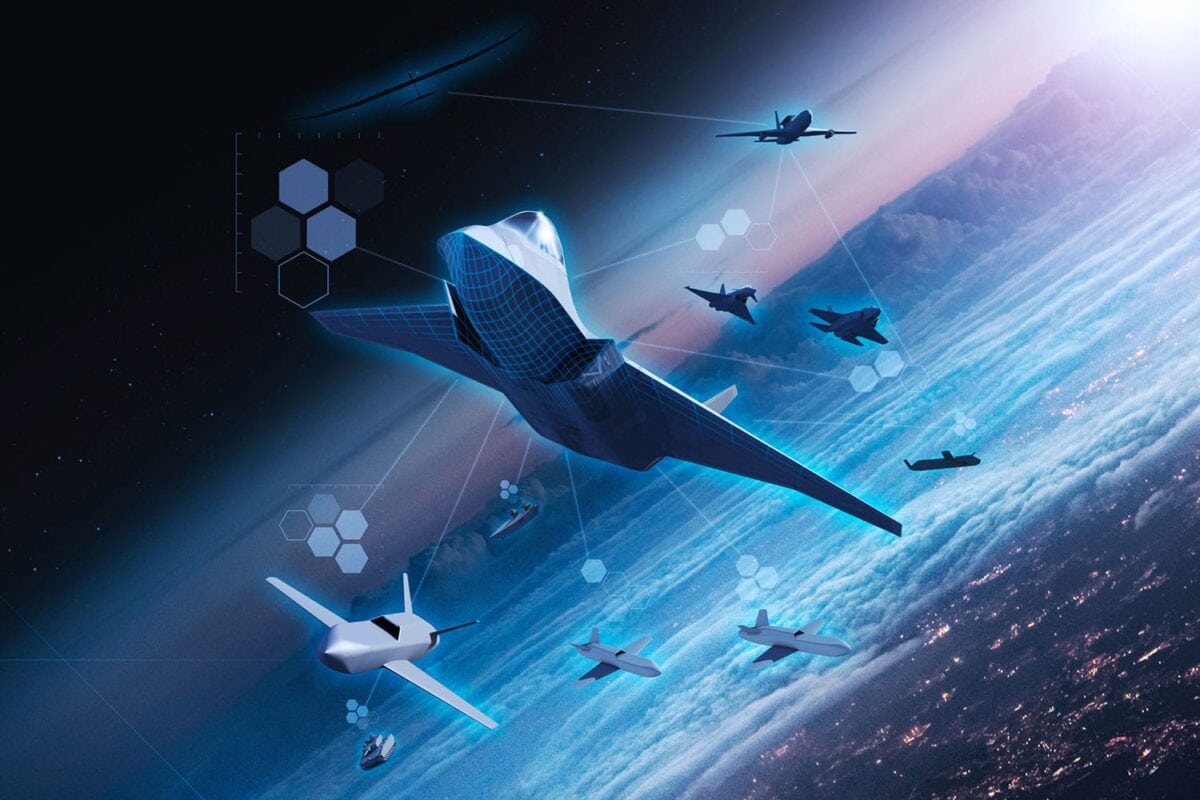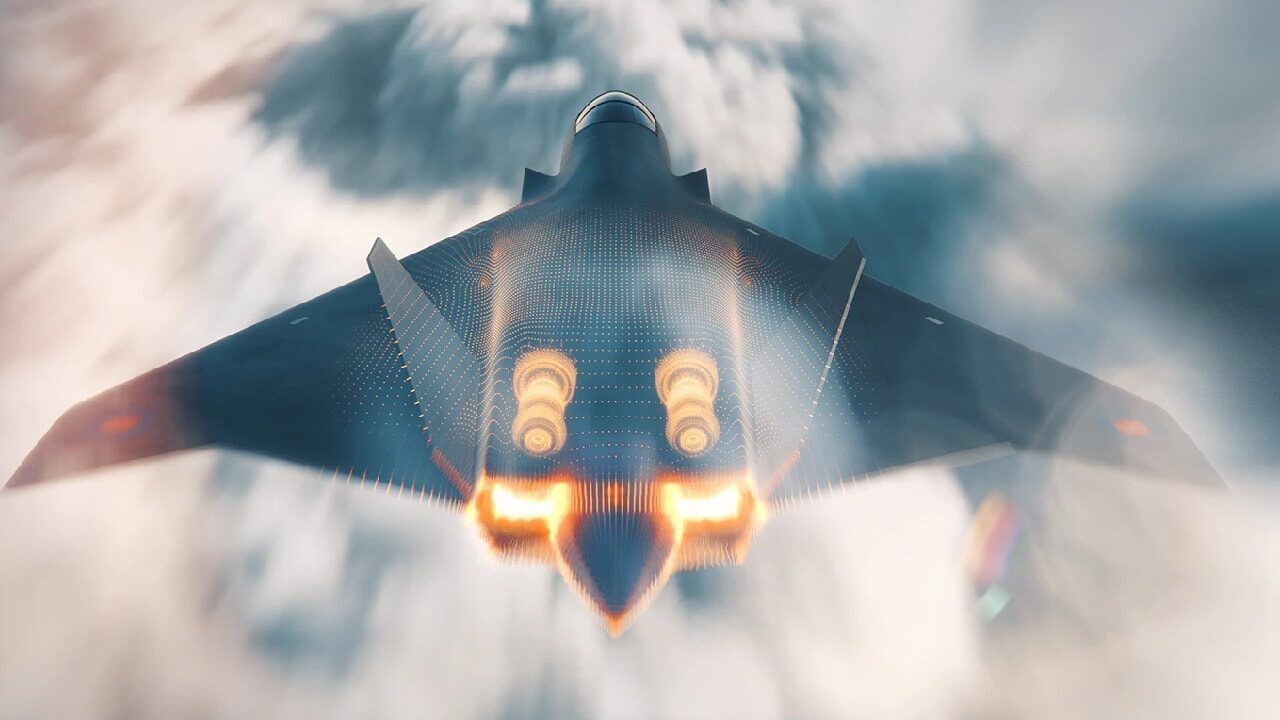The Tempest has all of the hallmarks of a revolutionary fighter plane that could surpass the capabilities of the F-22, F-35, Su-57, and J-20. But as they say, nothing is perfect: No matter how good you think your country’s air force is, it doesn’t guarantee you will have air dominance. The sky over Ukraine is a case in point. Russia was considered by many to have the better air force, yet they are struggling to maintain air superiority. Other countries have noticed – not just the threat of Russia – but that they need war planes that can outfox legacy anti-aircraft defenses and other fighters.
That’s why the British and other partners are placing so much emphasis on the 6th generation Tempest fighter project.
Tempest Is a Multi-national Consortium Program
The Tempest stealth fighter is a long way out – the airplane may not enter service until 2035 – but a formidable team has coalesced around the program.
The United Kingdom, Swedish, and Italian air forces and their respective prime contractors, BAE Systems, SAAB, and Leonardo are all working toward a common goal and the task has heightened in intensity since the invasion of Ukraine.
The Tempest would replace the Eurofighter Typhoon that the Royal Air Force and Italian Air Force flies.
Japan Is Ready to Play Too
Japan is the latest partner in the Tempest project. The Japanese are working with the British on a future fighter aircraft engine demonstrator. The two countries are also striving toward creating a multi-role sensor that will aid the airplane’s intelligence and reconnaissance abilities.
Tempest As Drone ‘Quarterback’
Concepts of the fighter are still being bandied about, but we do have a few ideas of where the effort will end up.
The new airplane is likely to be manned or unmanned and could be the “quarterback” of drones called the Lightweight Affordable Novel Combat Aircraft (LANCA). The LANCA drones offer “offer increased capability, protection, survivability and information when deployed alongside combat aircraft,” according to the official Tempest website.
Jobs Galore
With these types of innovations, the Tempest program has been a job creator in the United Kingdom and in partner countries. 2,000 employees are involved in some capacity through defense contractors such as Rolls Royce, MBDA, and Collins Aerospace.
Air Commodore Jez Holmes, head of the Royal Air Force Rapid Capabilities Office, told National Defense magazine that “We’ve made huge progress. It was really important from a U.K. perspective to ensure that we built up again those design skills that are so important to being at the heart of generating capability,” Holmes said.
Tempest Technologies Look to Be Ground-breaking
Design skills are being aided by 3-D printing. Machine learning and artificial intelligence will also be in the technology stack. It is thought that innovation breakthroughs in these trends will get better with age and in turn aid in the development of the Tempest.
One of the problems the Tempest consortium hopes to avoid is rigid technological requirements that can become obsolete by the time of the platform’s introduction. The Tempest developers are instead keeping a more fluid design dynamic in mind.

Tempest. Image Credit: Industry handout.
Tempest to Evolve Depending on Needs of Aerial Combat
Situations and geopolitics change as airplane development matures. The invasion of Ukraine is an example of how fast aerial combat can be transformed by one country, Ukraine, that is punching above its weight, despite the Russians having quantitative and qualitative advantages with its air force.
The Tempest program will constantly be evolving as facts in the air change over time. Many NATO countries are buying the F-35 Lightning II and the Tempest program is likely using lessons learned from the F-35 to meet its milestones.
Michael Christie, from BAE Systems, explained that “[T]he program needs agility and flexibility to add new partners,” he said. “The system is going to change. The threats are going to change and the requirements are going to change.”
The Tempest team will likely be watching aerial combat over Ukraine closely. Older legacy air defense systems like the Stinger and S-300 surface-to-air missiles are still a factor even though they have been around for decades. Thus, the Tempest program will have to both look to the past and to the future if they wish to meet the high standards designers have already set.
Now serving as 1945’s Defense and National Security Editor, Brent M. Eastwood, PhD, is the author of Humans, Machines, and Data: Future Trends in Warfare. He is an Emerging Threats expert and former U.S. Army Infantry officer. You can follow him on Twitter @BMEastwood.

